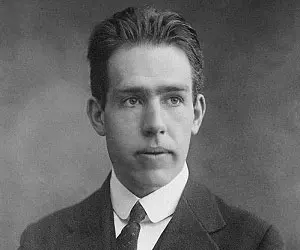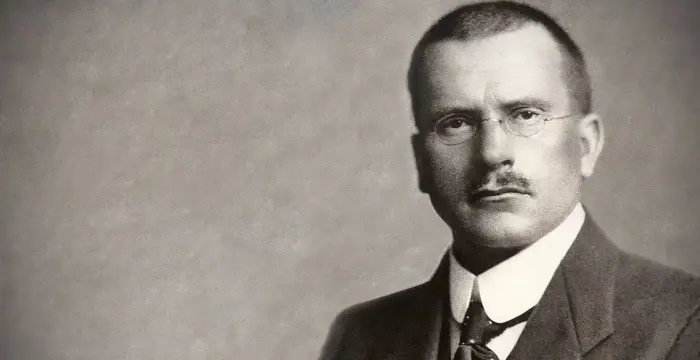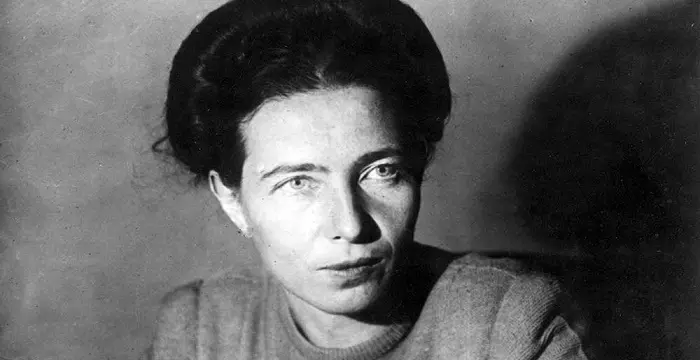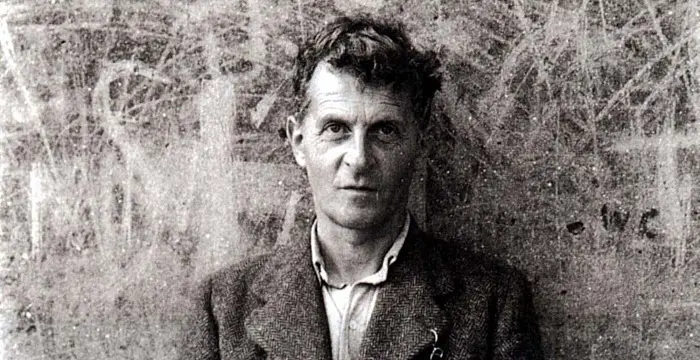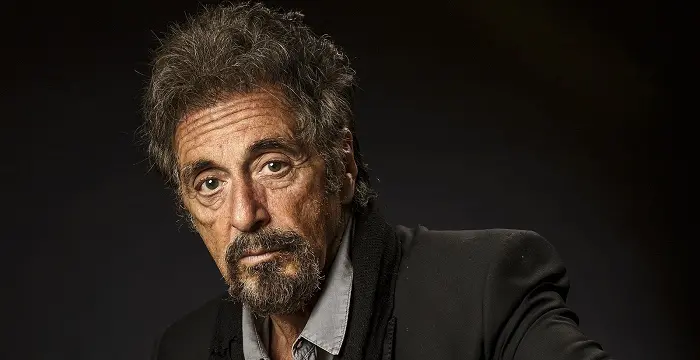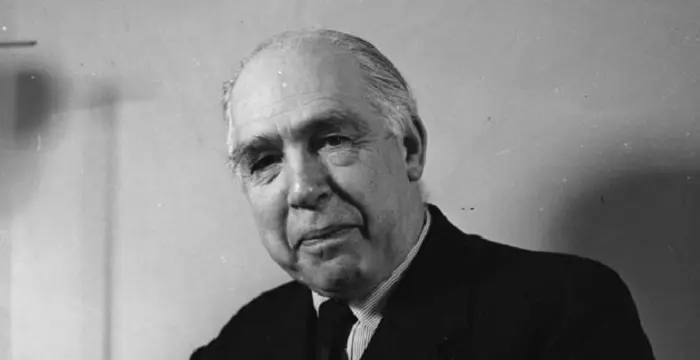
Niels Bohr - Nobel Prize Winning Physicist, Facts and Childhood
Niels Bohr's Personal Details
Niels Bohr was a Noble Prize winning Danish physicist
| Information | Detail |
|---|---|
| Birthday | October 7, 1885 |
| Died on | November 18, 1962 |
| Nationality | Danish |
| Famous | Scientists, Physicists, INFJ, Nobel Prize Winning Physicist |
| Spouses | Margrethe Nørlund |
| Siblings | Harald Bohr, Jennifer Bohr |
| Known as | Niels Henrik David Bohr |
| Childrens | Aage Bohr |
| Universities |
|
| Birth Place | Copenhagen, Denmark |
| Religion | Lutheran |
| Gender | Male |
| Father | Christian Bohr |
| Mother | Ellen Adler Bohr |
| Sun Sign | Libra |
| Born in | Copenhagen, Denmark |
| Famous as | Nobel Prize Winning Physicist |
| Died at Age | 77 |
Niels Bohr's photo
Who is Niels Bohr?
Niels Bohr was a Noble Prize winning Danish physicist who did pioneering work in quantum theory and in contributing to the understanding of atomic structure. Born to a highly influential and well educated famil, he is regarded as one of the most dominant physicists of the 20th century. After earning his doctoral degree in physics, he conducted an intensive research along with Ernest Rutherford on the atomic structures. He formulated the first successful explanation of some major lines of the hydrogen spectrum and his theory of the atom became the foundation of modern atomic physics. His remarkable contribution to the understanding of the atomic structure and quantum mechanics earned him the Nobel Prize in Physics. Among other things, he also proposed the complementarity principle, which states that objects may have a dual nature, similar to that of an electron which behaves both as a particle and a wave, but we can only experience one aspect at a time. During World War II, he escaped arrest by German police and eventually made it to the United States where he acted as a prominent part of the team of physicists working on the Manhattan Project. He was also a noted humanitarian and after the war, he spent the rest of his life advocating the peaceful use of nuclear energy.
// Famous Scientists
Juliane Koepcke
Juliane Koepcke is a German-Peruvian biologist, who was the lone survivor among the 92 passengers and crew of the ill-fated LANSA Flight 508 that crashed in the Peruvian rainforest on 24 December 1971. Know more about her life in this biography.
Henry Cavendish
Henry Cavendish was a theoretical chemist and physicist, renowned for discovery of hydrogen and calculation of the mass of earth. To know more about his childhood, profile, timeline and career read on
Konstantin Tsiolkovsky
Konstantin Tsiolkovsky was a Russian rocket scientist and a pioneer of astronautics. This biography provides detailed information about his childhood, family, personal life, career, achievements, etc.
Childhood & Early Life
He was born on October 7, 1885 in Copenhagen, Denmark, to Christian Bohr, a physiology professor, and his wife, Ellen Adler Bohr, daughter of a wealthy Danish Jewish family. He had an elder sister, Jenny, and a younger brother, Harald.
He received his early education from the Gammelholm Latin School which he joined when he was seven. From 1903 he attended the Copenhagen University where his major was physics, which he studied under Professor Christian Christiansen.
In 1909, he earned a master’s degree in physics and went on to complete his PhD in physics in 1911, both from the University of Copenhagen. His doctoral dissertation was on the electron theory of metals.
Career
In 1911, he traveled to England and met J. J. Thompson of the Cavendish Laboratory at the Cambridge University. He conducted some research on cathode rays, but failed to impress Thomson. Later, Ernest Rutherford invited him to conduct post-doctoral research in England on the atomic structures.
In 1913, Bohr’s paper on atomic structure was published which became the basis of the famous ‘old quantum theory’.
From 1914 to 1916, he worked as a lecturer of physics at the Victoria University of Manchester, UK.
In 1916, he became a professor of theoretical physics at the University of Copenhagen, a post he held for 46 years. He founded the ‘Institute of Theoretical Physics’ at the Copenhagen University in 1920 and also served as its administrator until 1962.
During World War II, he fled from Denmark to America, where he worked on the Manhattan Project. After the war he became an outspoken activist against nuclear weapons and for the peaceful use of atomic energy.
From 1938 until his death, he was the president of the Royal Danish Academy of Sciences and supervised the first phase of the Commission's program for the peaceful uses of atomic energy.
In 1954 he was quite influential in the establishment of the European Organization for Nuclear Research (CERN).
Major Works
He proposed an atomic model in which he postulated that electrons travel in fixed orbits around the atom's nucleus, and further explained how electrons emit or absorb energy. He introduced the idea that an electron could drop from a higher-energy orbit to a lower one, in the process emitting a quantum of discrete energy.
He is also known for conceiving ‘the complementarity principle’ which defined that wave and particle aspects of nature are complementary, and can never be experienced simultaneously. The principle states that items could be separately analyzed in terms of contradictory properties, like behaving as a wave or a stream of particles.
Awards & Achievements
In 1921, he received the prestigious ‘Hughes Medal’ from the Royal Society of London.
In 1922, he was awarded the ‘Noble Prize in Physics’ in recognition “for his services in the investigation of the structure of atoms and of the radiation emanating from them”.
In 1923, he was conferred the ‘Matteucci Medal’ by the ‘Italian Society of Sciences’.
In 1926, he was presented the ‘Franklin Medal’ by the Franklin Institute of Philadelphia.
In 1930, he was conferred the distinguished ‘Max Planck Medal’ for his extraordinary achievements in theoretical physics.
In 1938, he received the ‘Copley Medal’ from the Royal Society of London in recognition of his distinguished work in the “development of the quantum theory of atomic structure".
In 1957, he was awarded the ‘United States Atoms for Peace Award’. The same year, he also received the ‘Sonning Prize’ from the University of Copenhagen.
Personal Life & Legacy
On August 1, 1912, he married Margrethe Nørlund, sister of the mathematician Niels Erik Nørlund. The couple was blessed with six sons, of which two died in unfortunate circumstances.
He died on November 18, 1962, at his home in Carlsberg, Copenhagen, Denmark, after having a stroke. His body was cremated, and his ashes were buried in the family plot in the Assistens Cemetery in the Nørrebro section of Copenhagen.
// Famous Physicists
Henry Cavendish
Henry Cavendish was a theoretical chemist and physicist, renowned for discovery of hydrogen and calculation of the mass of earth. To know more about his childhood, profile, timeline and career read on
Walter Kohn
Nobel Laureate Walter Kohn was an Austrian-born American theoretical chemist and physicist. Check out this biography to know about his childhood, life, achievements, works & timeline.
Nikola Tesla
Nikola Tesla was a Serbian-American inventor, best known for his development of alternating current electrical systems. This biography of Nikola Tesla provides detailed information about his childhood, life, achievements, works & timeline.
Niels Bohr's awards
| Year | Name | Award |
|---|---|---|
Other | ||
| 1957 | Atoms for Peace Award | |
| 1938 | Copley Medal | |
| 1961 | Sonning Prize | |
| 0 | - Matteucci Medal | |
| 0 | - Max Planck medal | |
| 0 | - Hughes Medal | |
| 0 | 1922 - Nobel Prize in Physics | |
| 0 | 1926 - Franklin Medal | |
| 0 | 1947 - Order of the Elephant | |
Niels Bohr biography timelines
- // 7th Oct 1885He was born on October 7, 1885 in Copenhagen, Denmark, to Christian Bohr, a physiology professor, and his wife, Ellen Adler Bohr, daughter of a wealthy Danish Jewish family. He had an elder sister, Jenny, and a younger brother, Harald.
- // 1903He received his early education from the Gammelholm Latin School which he joined when he was seven. From 1903 he attended the Copenhagen University where his major was physics, which he studied under Professor Christian Christiansen.
- // 1909 To 1911In 1909, he earned a master’s degree in physics and went on to complete his PhD in physics in 1911, both from the University of Copenhagen. His doctoral dissertation was on the electron theory of metals.
- // 1911In 1911, he traveled to England and met J. J. Thompson of the Cavendish Laboratory at the Cambridge University. He conducted some research on cathode rays, but failed to impress Thomson. Later, Ernest Rutherford invited him to conduct post-doctoral research in England on the atomic structures.
- // 1st Aug 1912On August 1, 1912, he married Margrethe Nørlund, sister of the mathematician Niels Erik Nørlund. The couple was blessed with six sons, of which two died in unfortunate circumstances.
- // 1913In 1913, Bohr’s paper on atomic structure was published which became the basis of the famous ‘old quantum theory’.
- // 1914 To 1916From 1914 to 1916, he worked as a lecturer of physics at the Victoria University of Manchester, UK.
- // 1916In 1916, he became a professor of theoretical physics at the University of Copenhagen, a post he held for 46 years. He founded the ‘Institute of Theoretical Physics’ at the Copenhagen University in 1920 and also served as its administrator until 1962.
- // 1921In 1921, he received the prestigious ‘Hughes Medal’ from the Royal Society of London.
- // 1922In 1922, he was awarded the ‘Noble Prize in Physics’ in recognition “for his services in the investigation of the structure of atoms and of the radiation emanating from them”.
- // 1923In 1923, he was conferred the ‘Matteucci Medal’ by the ‘Italian Society of Sciences’.
- // 1926In 1926, he was presented the ‘Franklin Medal’ by the Franklin Institute of Philadelphia.
- // 1930In 1930, he was conferred the distinguished ‘Max Planck Medal’ for his extraordinary achievements in theoretical physics.
- // 1938From 1938 until his death, he was the president of the Royal Danish Academy of Sciences and supervised the first phase of the Commission's program for the peaceful uses of atomic energy.
- // 1938In 1938, he received the ‘Copley Medal’ from the Royal Society of London in recognition of his distinguished work in the “development of the quantum theory of atomic structure".
- // 1954In 1954 he was quite influential in the establishment of the European Organization for Nuclear Research (CERN).
- // 1957In 1957, he was awarded the ‘United States Atoms for Peace Award’. The same year, he also received the ‘Sonning Prize’ from the University of Copenhagen.
- // 18th Nov 1962He died on November 18, 1962, at his home in Carlsberg, Copenhagen, Denmark, after having a stroke. His body was cremated, and his ashes were buried in the family plot in the Assistens Cemetery in the Nørrebro section of Copenhagen.
// Famous INFJ
Carl Jung
Carl Jung was a Swiss psychiatrist famous for founding the school of analytical psychology. This biography of Carl Jung provides detailed information about his childhood, life, achievements, works & timeline.
Simone de Beauvoir
Simone de Beauvoir was an eminent French writer, intellectual, activist, and philosopher. This biography profiles her childhood, life, thoughts, achievements and timeline.
Ludwig Wittgenstein
Ludwig Wittgenstein is a renowned philosopher. Read on to know about the life, career, and works of the famous Austrian philosopher Ludwig Wittgenstein.
Marilyn Manson
Marilyn Manson is an American musician who founded the eponymous band ‘Marilyn Manson’. This biography of Marilyn Manson provides detailed information about his childhood, life, achievements, works & timeline.
Al Pacino
Al Pacino is a very famous American film/stage actor, known for his extraordinary acting skills. To know about his profile, childhood, life and timeline, read the biography below.
Jennifer Connelly
Jennifer Connelly is an Academy Award winner American actress who started out as a child artist and reached the epitome of her film career with the movie ‘A Beautiful Mind’.
Niels Bohr's FAQ
What is Niels Bohr birthday?
Niels Bohr was born at 1885-10-07
When was Niels Bohr died?
Niels Bohr was died at 1962-11-18
Where was Niels Bohr died?
Niels Bohr was died in Copenhagen, Denmark
Which age was Niels Bohr died?
Niels Bohr was died at age 77
Where is Niels Bohr's birth place?
Niels Bohr was born in Copenhagen, Denmark
What is Niels Bohr nationalities?
Niels Bohr's nationalities is Danish
Who is Niels Bohr spouses?
Niels Bohr's spouses is Margrethe Nørlund
Who is Niels Bohr siblings?
Niels Bohr's siblings is Harald Bohr, Jennifer Bohr
Who is Niels Bohr childrens?
Niels Bohr's childrens is Aage Bohr
What was Niels Bohr universities?
Niels Bohr studied at University of Copenhagen (1911), University of Copenhagen (1909), Gammelholm Grammar School (1903), University of Copenhagen
What is Niels Bohr's religion?
Niels Bohr's religion is Lutheran
Who is Niels Bohr's father?
Niels Bohr's father is Christian Bohr
Who is Niels Bohr's mother?
Niels Bohr's mother is Ellen Adler Bohr
What is Niels Bohr's sun sign?
Niels Bohr is Libra
How famous is Niels Bohr?
Niels Bohr is famouse as Nobel Prize Winning Physicist
